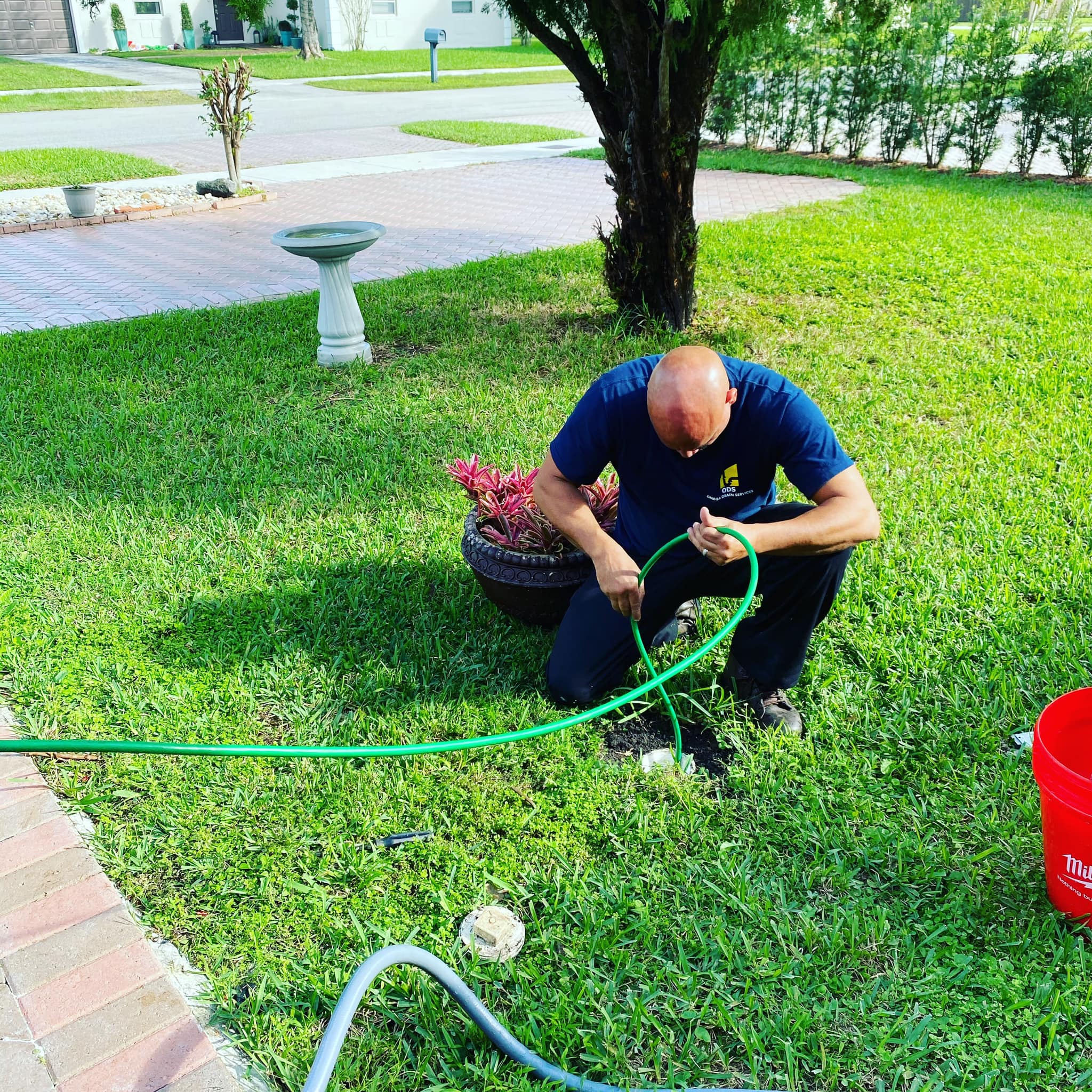When plumbing problems arise, emergency services and sewer services are often the first things homeowners search for. Whether you’re dealing with a clogged line, a damaged sewer pipe, or even planning routine maintenance, understanding the cost breakdown of sewer services can help you make better financial decisions and avoid unexpected bills.
In this blog, we’ll explore the various factors that affect sewer service pricing, give you average cost estimates, and explain when it’s time to call in the professionals.
What Are Sewer Services?
Sewer services include a range of plumbing activities related to the installation, inspection, repair, and replacement of sewer lines and drainage systems. These services are crucial for ensuring your home’s waste management system functions properly. They may include:
- Sewer line inspection (with cameras)
- Hydro jetting or pipe cleaning
- Pipe relining or replacement
- Trenchless sewer repair
- Emergency clog removals
Average Cost of Sewer Services
The cost of sewer services can vary significantly based on the type of service you need, your location, and the severity of the issue. Below is a general breakdown:
- Basic Drain Cleaning: $100 – $300
- Sewer Camera Inspection: $150 – $400
- Hydro Jetting: $300 – $600
- Sewer Line Repair (Minor): $1,000 – $3,000
- Sewer Line Replacement (Traditional): $3,000 – $8,000
- Trenchless Sewer Line Replacement: $6,000 – $12,000
Keep in mind these are averages, and actual costs may vary based on specific conditions.
Factors That Affect Sewer Service Costs
Several variables impact how much you’ll pay for sewer services:
1. Severity of the Issue
A simple clog will cost far less to fix than a collapsed sewer pipe. The more extensive the problem, the higher the cost.
2. Type of Repair Required
Trenchless repairs cost more per linear foot but may save money by avoiding landscaping and concrete removal costs. Traditional repairs are often cheaper up front but more disruptive.
3. Accessibility of Sewer Line
If the sewer line is hard to reach—beneath concrete, driveways, or landscaped areas—the cost to access and repair it increases.
4. Emergency Services
If you call outside regular business hours or need a same-day response due to sewage backup or flooding, expect to pay extra for emergency services. Emergency sewer repairs can cost 1.5x to 2x more than scheduled services.
5. Local Permits and Regulations
Depending on where you live, local codes may require permits or inspections that add to the total bill.
Trenchless vs. Traditional Sewer Line Repair
Many modern plumbing companies offer trenchless sewer repair. This method involves using special equipment to reline or replace the pipe without extensive digging.
Trenchless Repair Pros:
- Less disruption to landscaping
- Faster completion time
- Often, more durable materials are used
Cons:
- Higher upfront cost
- It might not be appropriate for pipelines that are seriously damaged.
Traditional methods, on the other hand, are still commonly used and may be the only option in some cases, especially when trenchless technology isn’t compatible with old or collapsed systems.
When Should You Call for Emergency Sewer Services?
Sewer issues can quickly turn into health hazards if not addressed. The following are indicators that it’s time to contact emergency services:
- sewage that backs up into toilets, sinks, or bathtubs
- Sewage smells that are strong, either inside or outside your house
- Gurgling sounds from drains
- Water is pooling in your yard without a clear reason
- Multiple slow drains or frequent clogs
Waiting too long can worsen the damage, increasing both the cost and risk to your home.
Ways to Save on Sewer Services
- Schedule Regular Inspections
Frequent inspections can identify issues early and prevent major malfunctions. - Bundle Services
If you’re already scheduling an inspection, consider adding hydro jetting or preventative maintenance to the same visit. - Get Multiple Quotes
Always request quotes from at least 2–3 licensed providers to compare pricing and services offered. - Check for Warranties
Some companies offer warranties on labor and materials. This can save you money if issues arise later.
FAQs
1. What is included in a sewer inspection?
A sewer inspection usually involves a video camera inserted into the sewer line to check for clogs, cracks, root intrusion, or collapsed sections.
2. How often should I have my sewer lines inspected?
It’s recommended to inspect your sewer lines every 1–2 years, especially if your home is older or has a history of plumbing issues.
3. Can I use insurance to cover sewer repair costs?
Sometimes. Homeowners’ insurance usually doesn’t cover normal wear and tear, but may cover sudden damage due to accidents or natural disasters. Check your policy for specifics.
4. What symptoms indicate a blocked sewer line?
A clogged sewage line is indicated by slow drains, gurgling sounds, disagreeable smells, or water backing up into several fixtures.
5. How long does a sewer line replacement take?
Depending on the method and severity of the issue, replacement can take from one day (trenchless) to several days (traditional dig-and-replace).
Final Thoughts
Knowing what to expect in terms of sewer service pricing allows you to prepare for emergencies and plan maintenance proactively. Whether it’s a small clog or a full sewer line replacement, the key is not to wait until the problem becomes unmanageable.
For reliable and cost-effective solutions, always work with licensed, experienced professionals who can explain your options and provide transparent pricing.
In conclusion, Omega Drain Services is a trusted name when it comes to both routine and emergency sewer services, offering efficient solutions with upfront pricing.
